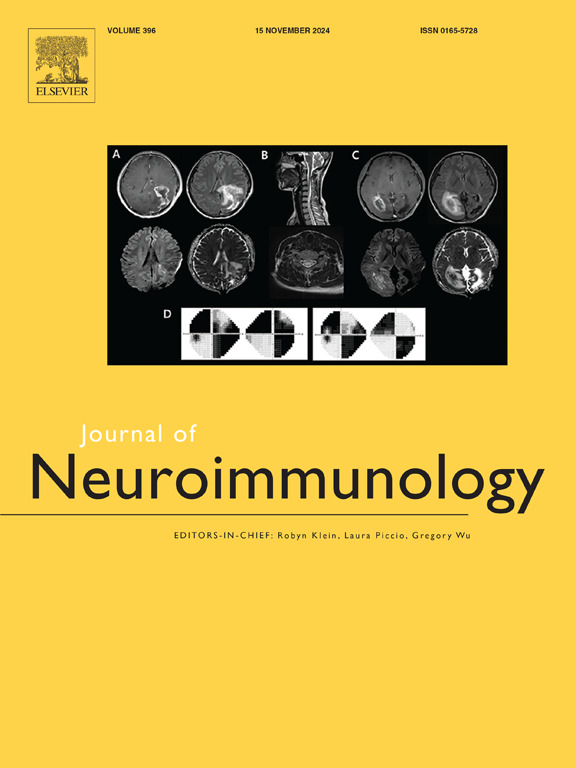Peripheral and central inflammation in depression: How large is the gap and can we bridge it with PET neuroimaging and neural-derived extracellular vesicles?
IF 2.9
4区 医学
Q3 IMMUNOLOGY
引用次数: 0
Abstract
Major depressive disorder (MDD) presents as a multifaceted syndrome with complex pathophysiology and variable treatment responses, posing significant challenges in clinical management. Neuroinflammation is known to play pivotal mechanism in depression, linking immune responses with central nervous system (CNS) dysfunction. This review explores the interplay between peripheral and central inflammatory processes in MDD, emphasizing discrepancies in biomarker validity and specificity. While peripheral markers like cytokines have historically been investigated as proxies for neuroinflammation, their reliability remains contentious due to inconsistent findings, lack of correlation with neuroinflammatory markers, the influence of confounding variables, and the role of regulatory mechanism within the CNS. Additionally, the human brain shows a pattern of regionalized inflammation. Current methodologies for investigating neuroinflammation in humans in vivo, including neural-derived extracellular vesicles (EVs) and positron emission tomography (PET) neuroimaging using translocator protein, offer promising avenues while facing substantial limitations. We propose that future research in MDD may benefit from combined microglia-derived EV-TSPO PET neuroimaging analyses to leverage the strengths and mitigate the limitations of both individual methods.

求助全文
约1分钟内获得全文
求助全文
来源期刊

Journal of neuroimmunology
医学-免疫学
CiteScore
6.10
自引率
3.00%
发文量
154
审稿时长
37 days
期刊介绍:
The Journal of Neuroimmunology affords a forum for the publication of works applying immunologic methodology to the furtherance of the neurological sciences. Studies on all branches of the neurosciences, particularly fundamental and applied neurobiology, neurology, neuropathology, neurochemistry, neurovirology, neuroendocrinology, neuromuscular research, neuropharmacology and psychology, which involve either immunologic methodology (e.g. immunocytochemistry) or fundamental immunology (e.g. antibody and lymphocyte assays), are considered for publication.
 求助内容:
求助内容: 应助结果提醒方式:
应助结果提醒方式:


